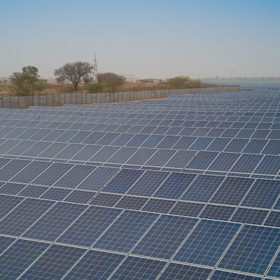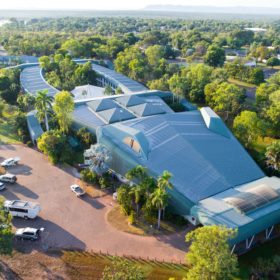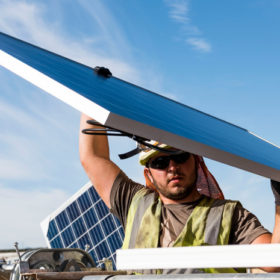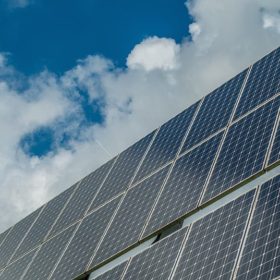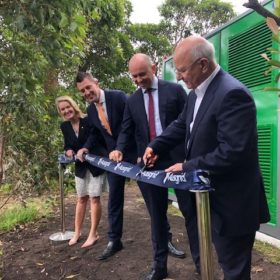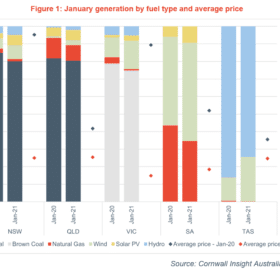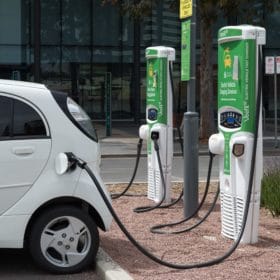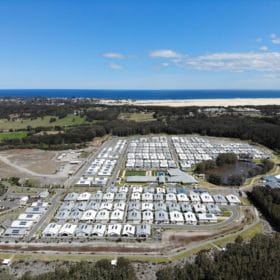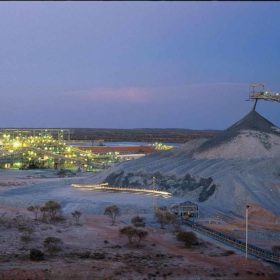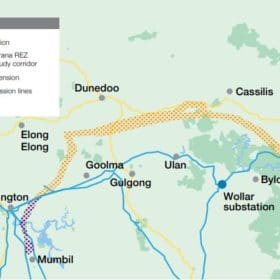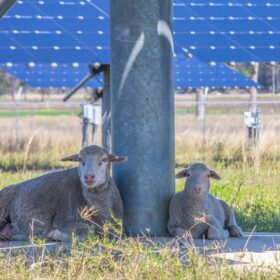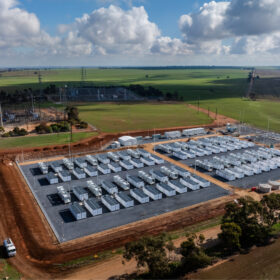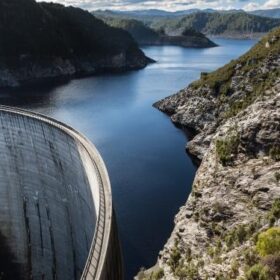Indian EPC giant builds on presence in Australian market
Indian multinational Sterling and Wilson Solar continues to build its presence in the Australian renewable energy market, announcing this week it has completed the takeover of Western Australian engineering, procurement and construction (EPC) firm GCO Solar.
Solar and storage to take over from uranium mine for Kakadu rejuvenation
The Ranger Uranium Mine, completely enclosed within the World Heritage-listed Kakadu National Park, ceased production in January 2021 after years of financial losses. Now, as part of a multi-million dollar rejuvenation of the Park, a solar and battery storage hybrid project is set for development at the town of Jabiru, a project which will help the town replenish itself as a tourist hub for one of Australia’s greatest treasures.
SA government to swap concession payments for rooftop solar systems
The South Australian government is offering concession holders a free, new solar system in exchange for their concession payments as part of a pilot program.
Installers identified in One Stop Warehouse’s improper STC debacle
One Stop has revealed the names of some of the third parties involved in providing the false information which led to the creation of almost 50,000 improper small-scale technology certificates.
Ausgrid launches Sydney’s first community battery, with more to come in two-year trial
New South Wales network operator Ausgrid yesterday launched its first community battery in Beacon Hill, north of Sydney. It is one of three community batteries being installed across Sydney allowing solar customers to store their extra energy at no additional cost.
Historical wholesale price trend bucked thanks to renewables
January normally sees a spike in the average wholesale electricity price. This year, however, increased solar PV and wind generation have seen this traditional trend bucked.
ARENA’s Future Fuels Fund gets the green light
The first round of funding for the Australian Renewable Energy Agency’s Future Fuels Fund is now open to applicants. The first round will look to expand the fast charging network for battery electric vehicles in Australia’s major population centres in an effort to encourage the individual and fleet transition to electric vehicles.
CEFC invests $75 million in decarbonising Ingenia lifestyle and holiday communities
With 7,600 residents and many more travellers recharging at its holiday properties each year, Ingenia Communities Group is set to lead the retirement and affordable-travel-accommodation sectors towards solar uptake following a major investment by the Clean Energy Finance Corporation.
BHP nickel refinery hooks up with the largest solar farm in the West
BHP has started the year by signing a PPA that will halve emissions at its Nickel West Kwinana refinery and double its green cred as a supplier to environmentally conscious lithium-ion battery manufacturers.
TransGrid secures $600 million debt facility for transmission upgrades supporting REZ No. 1
The ducks are lining up for the Central-West Orana Renewable Energy Zone to break ground in 2023. With money in the bank, TransGrid today begins community consultation on the proposed transmission corridor to support this efficient approach to renewable energy development.
